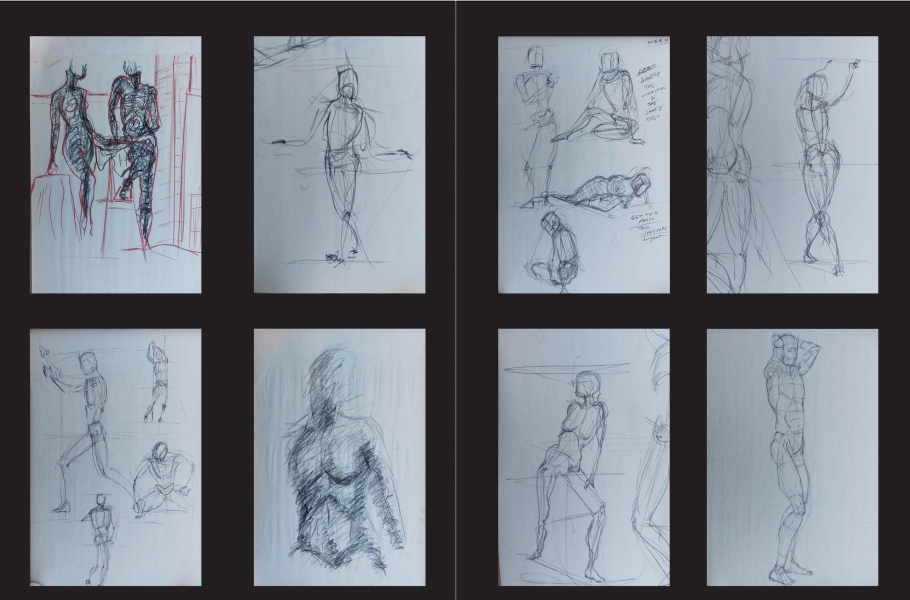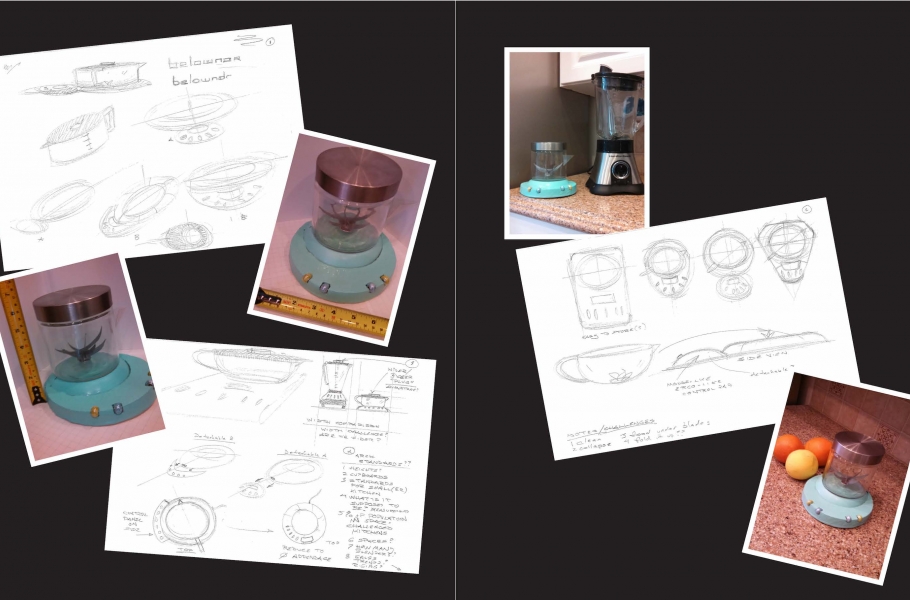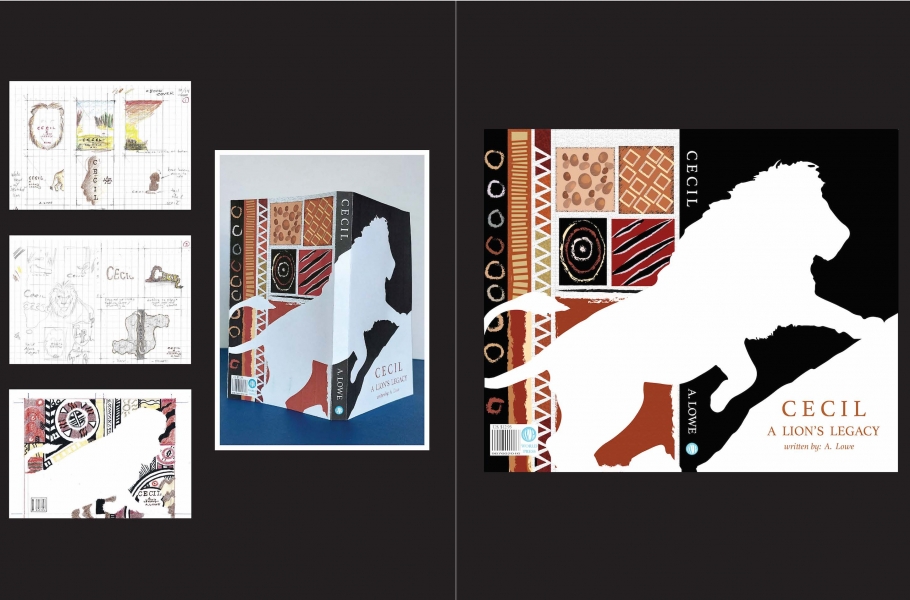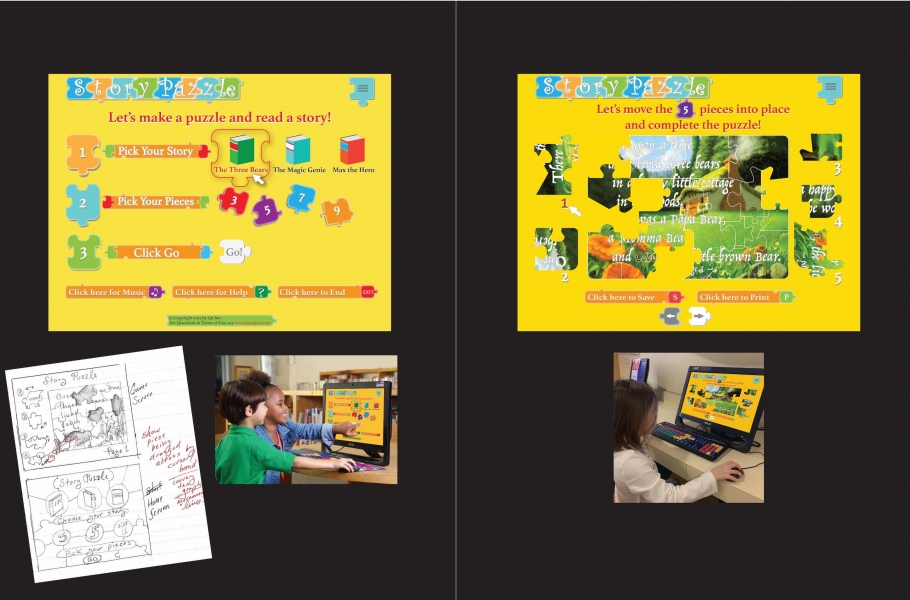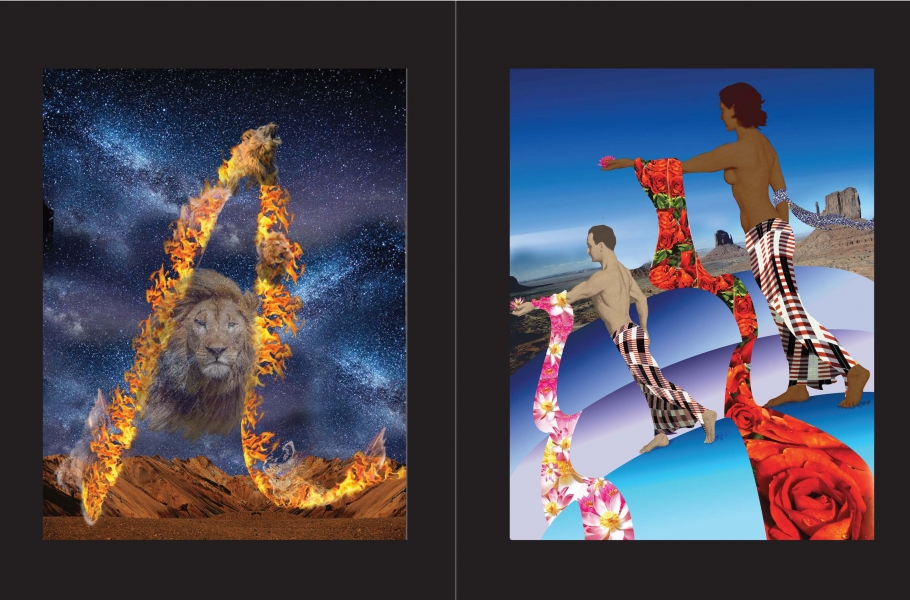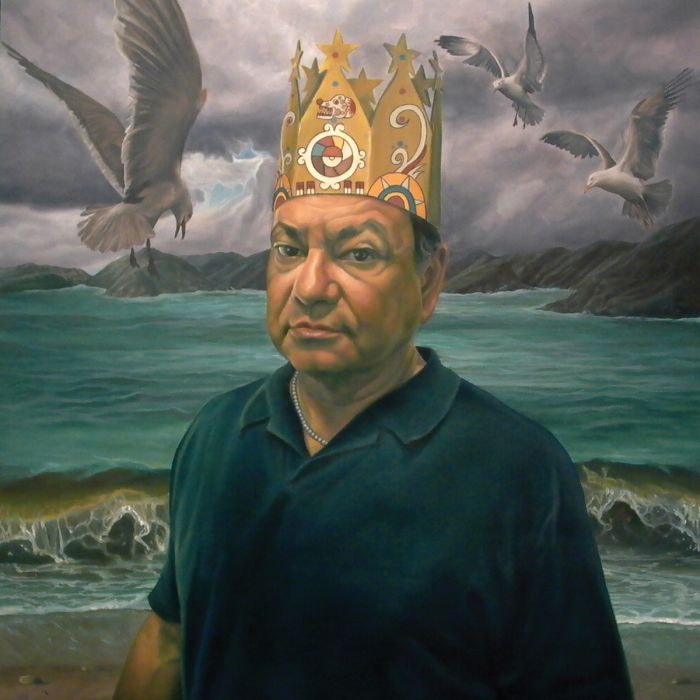How an Entertainment Professional Balances Otis Extension Classes with a Demanding Career
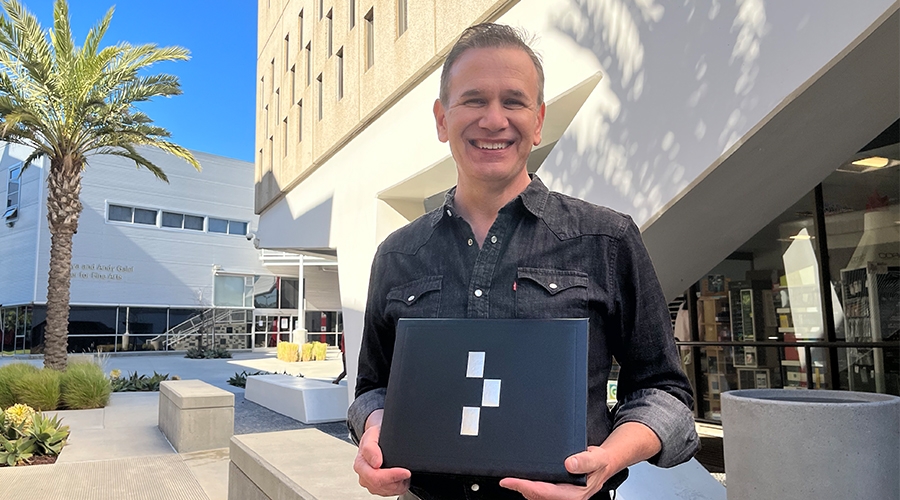
“I wanted a place where I could test my abilities and stumble sometimes, but also succeed,” says Joseph Busch.
By Anna Raya
Joseph Busch is not one to rest on his professional laurels. Despite a decades-spanning career in film licensing and TV distribution for such companies as Sony Pictures Entertainment and MGM—in roles that have touched upon everything from sales, marketing, and branding to finance, legal, and analytics—he has used his free time to mentor and volunteer, learn a foreign language, and take classes at Otis College of Art and Design’s Extension program. Last summer he received a certificate in Digital Imaging and Illustration (the program has since been reconfigured into other certificates), and he’s ready to continue learning at Otis Extension with classes in UI/UX and NFTs. He recently shared his experiences in the classroom.
Did you have any art or design experience before you started taking classes at Otis Extension?
My art experience before Otis had always been a personal one. I started drawing in grade school, where I wrote and drew—and sold!—my own comic book line. I continued to sketch and create throughout my life, especially interested in conceptual design. All of that was done in traditional media, however, and I wanted to grow and expand my skills in the digital space. That brought me to Otis.
Why did you pursue a certificate with Otis Extension?
I realized that to truly learn and absorb the tools and practices of digital imaging I would need structure and experienced teachers. It would be too haphazard to throw together random lessons online. Moreover, I wanted to have something in hand to show for all my work, and the certificate program allowed for that.
I researched a number of schools before starting Otis. Out of that research, I learned that, a) Otis is not a theory-only kind of school. It will ask you to get your hands dirty and do the work. And b) the Otis College name is so respected by the professional community. I wanted a place where I could test my abilities and stumble sometimes, but also succeed.
What was most interesting and rewarding was that not only did I learn the practical how-to instruction of digital imaging, but also the why of art—the reasons and concepts behind good design. I always enjoyed the creative process and the world of art, but Otis made me think about art like never before.
“One of the most commendable abilities that all of my teachers shared was their talent for critiquing without criticizing.”
What are some highlights of your experience with Otis Extension?
I started by taking classes in Product Design because it was recommended as the best way to get a feel for the school. I didn’t have an Extension “major” at the time. Many of the concepts I first learned in Product Design trickled down over the years into other courses. And then the ideas of the next course flowed into another, like a cascade of ideas. Even some of my painting work in my Color Theory and Design class wound up in my final portfolio.
One of the most commendable abilities that all of my teachers shared was their talent for critiquing without criticizing. Never did they belittle anyone’s work; their words were always about building up and enhancing our efforts, but done without any false praise.
How would you describe the classroom environment at Otis Extension?
I was fortunate that most of my foundation and early elective classes were in-person, and the work in my latter years—advanced study and portfolio—were online. Both environments were suitable to where I was at that point in my learning. The in-person experience was always exciting—even if I was the oldest one in the group—because I could see the output of my fellow students up close and have a dialogue about their thought process. There was a comparison amongst our work in the classroom, but never a competition, as in, “What did you create?” “Wow, that’s a great concept!” “How did you achieve that?” I especially enjoyed pinning our homework to the classroom wall so that we could see everyone’s fantastic work.
How would you characterize your classmates?
What most surprised me was how much I genuinely enjoyed my classmates’ successes and achievements along the way. I was able to leave my ego at the door and be amazed and energized by what everyone was creating. And this occurred in every class. I appreciate good work and relish artistic accomplishment in all media, whether a bold line someone drew in Life Drawing or a classmate’s unique use of the Painterly Effect in Photoshop—the fact that he/she made it happen always excited me, for their own growth first, but their experience also showed me what could be done.
What accomplishment during your certificate program are you most proud of?
One of my proudest projects is one that I thought was impossible. Kathleen Marinaccio, my exceptionally gifted final portfolio mentor, pulled out some of my forgettable throwaway works and tasked me with not only redoing them, but making them better, and including them in my presentation. She guided me all along by asking the right questions and I went from “No way” at the start to “Hmm, that’s actually not that bad.” It was an amazing process.
How did you manage your Extension coursework while also maintaining your regular job?
It took me seven years because my work and life schedule only allowed for one course per semester. Otis is hands-on and there is homework to turn in and a certain level of skill and commitment is asked. Only a few times did I double up on courses. Above all, I didn’t want the course load to overpower the instruction—taking on too much and, in the end, not absorbing anything. One tip I’d offer prospective students is to leave time for the work, leave time to do the projects, and learn from them along the way. You can’t just pound it out in a few hours; that two-hour project will very likely need four hours or more to complete. You’ll be a wiser student for it.
What would you say to anyone considering taking classes and/or pursuing a certificate with Otis Extension but isn’t sure about the time/financial commitment?
From a practical view, the program was doable for me because classes were offered at night after work. I learned how to schedule the ensuing nights and weekends for the homework load. Yes, some late night hours are spent, but in those moments you learn how and when to say “it’s good enough” or “it’s done” with some measure of creative satisfaction. Sometimes, you work with the few hours you do have and discover what you can, or can’t, achieve when time is short.
From another view, I guarantee you will learn at Otis if you are committed to being open and doing the work. The easiest route was to remind myself, “Hey, I’m new here and know very little about this,” and the Extension instructors would take it from there, always patient, knowledgeable, encouraging, and honest.
Any other suggestions for current and future Otis Extension students?
Even if you’re an Extension student, visit Otis College’s campus in Los Angeles and soak up the creative atmosphere. Go to Graphaids, the student store, and buy some supplies. Visit the fantastic library. Pop your head into some classes and just listen. See the student work showing in the on-campus art gallery. Check out the terrific work in the Fashion Design department. Look at the campus architecture. You’re in a good place.
Please visit the Otis Extension website for more information about current certificate programs offered.
All images courtesy of Joseph Busch.
Related News
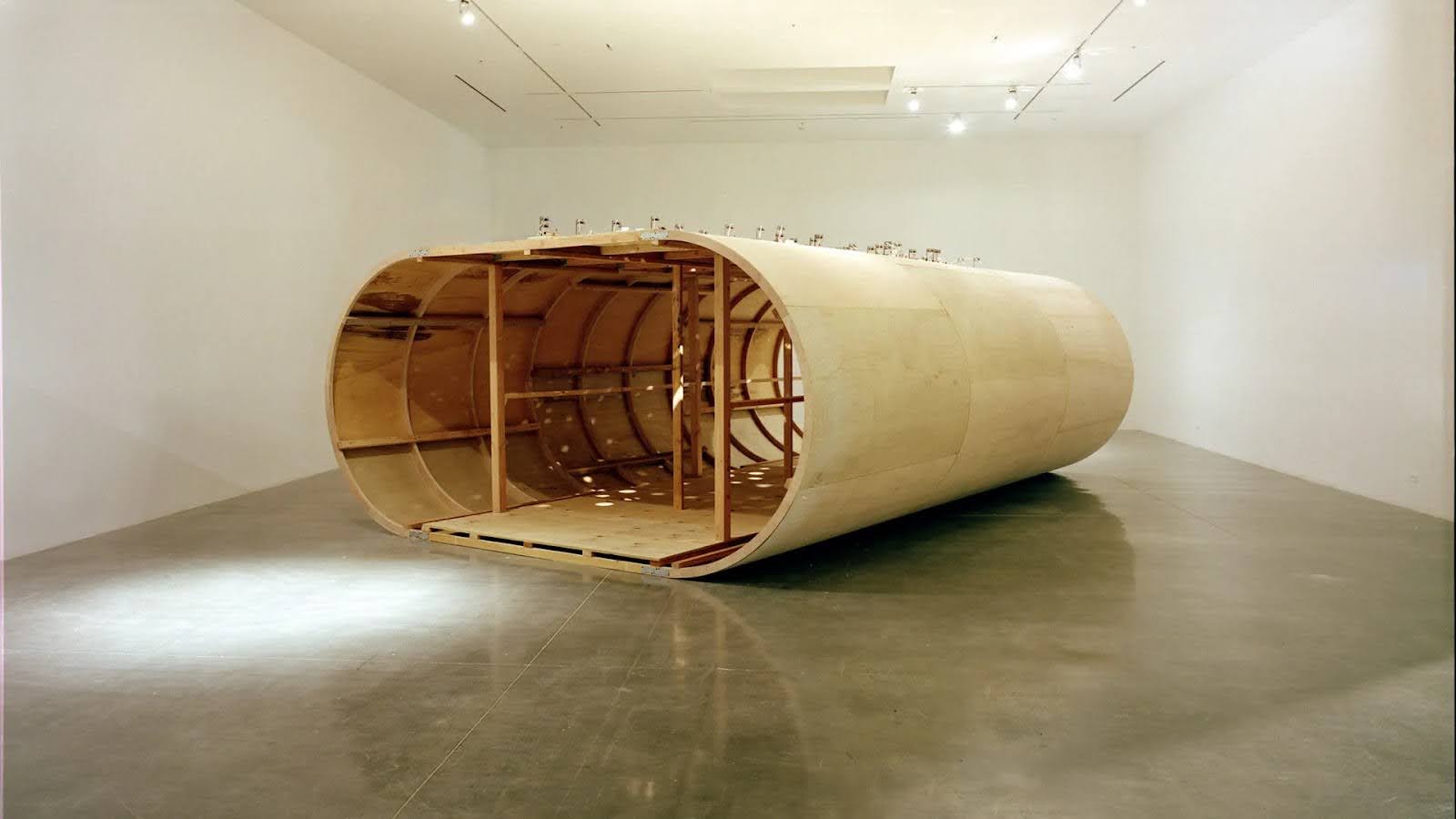
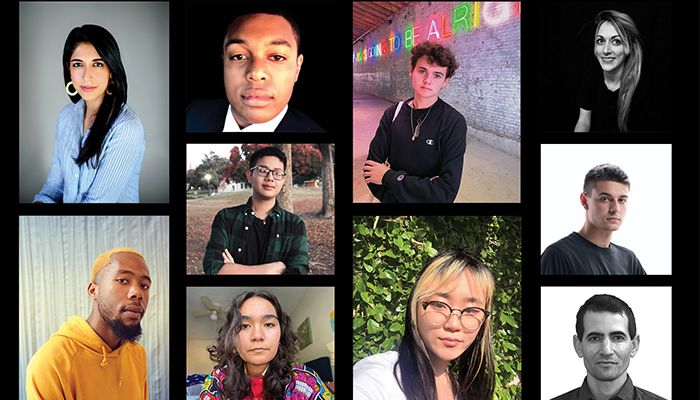
Otis Design Lab Offers Real-World Experience to Otis College Students
December 08, 2023
